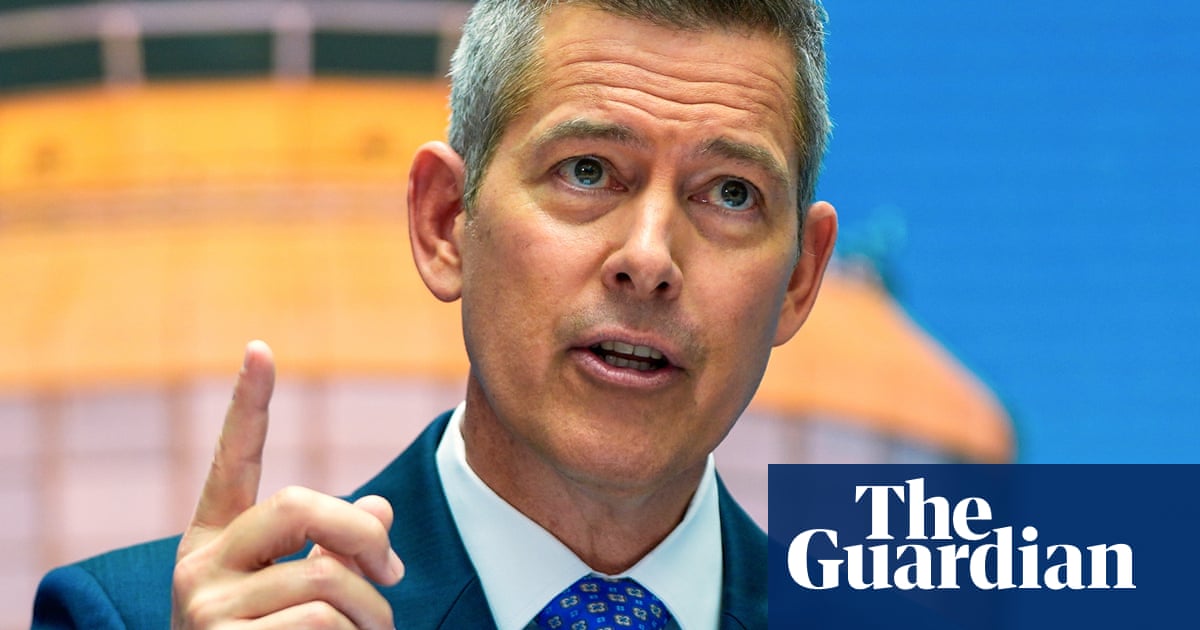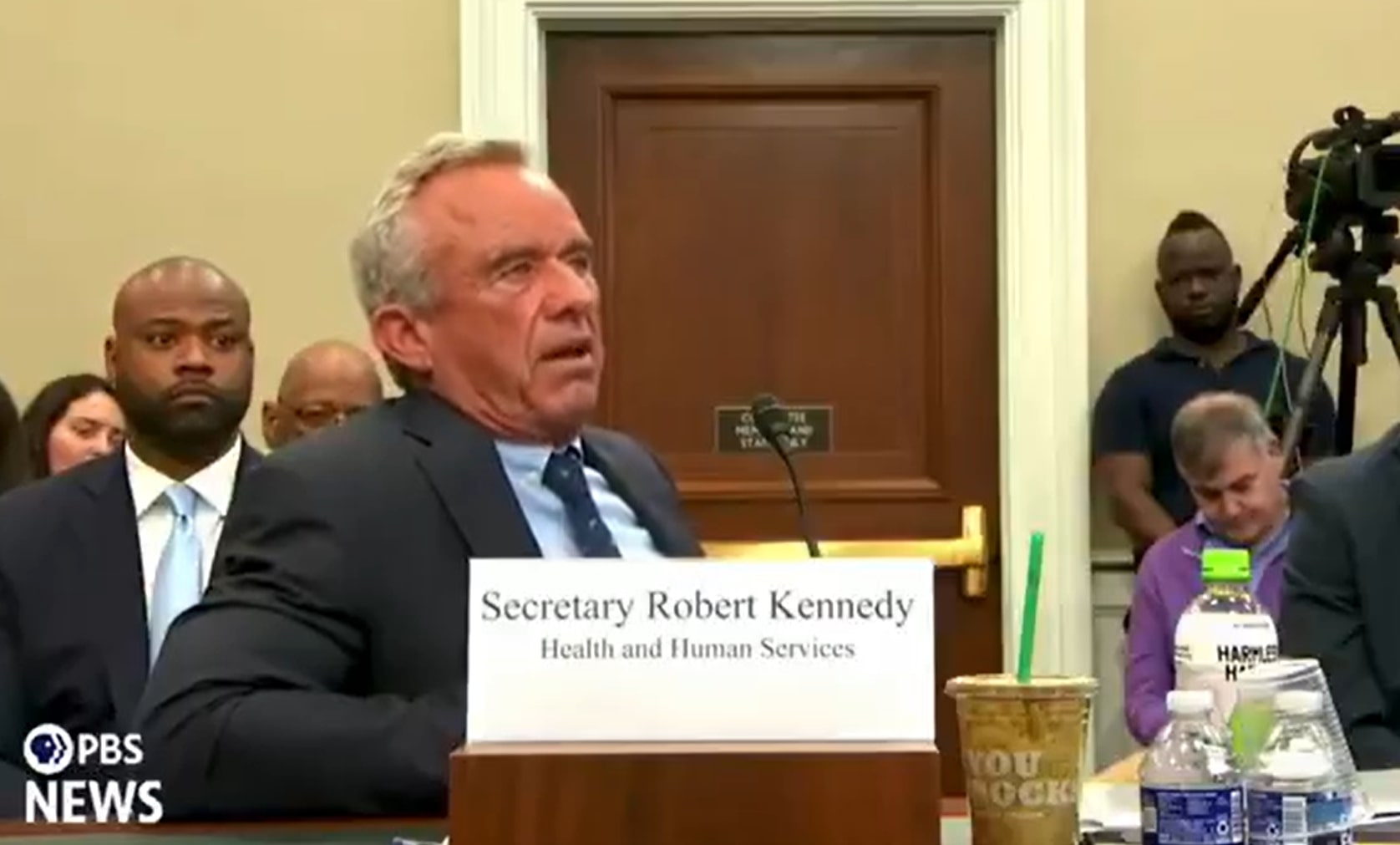
Nvidia’s flattery of Trump wins reversal of AI chip limits and a Huawei clampdown
Kissing ass pays off.
Nvidia’s flattery of Trump wins reversal of AI chip limits and a Huawei clampdown
Obstacles threatening Nvidia’s AI chip dominance are being tactically removed.
by Jess Weatherbed
May 14, 2025, 6:40 AM EDT
8 Comments8 New

Trump (lower left) and Jensen Huang (lower right) seen posing with the Saudi royal family and other US tech leaders at a Saudi-US business investment forum. Image: Win McNamee / Getty Images
Jess Weatherbed is a news writer focused on creative industries, computing, and internet culture. Jess started her career at TechRadar, covering news and hardware reviews.
Nvidia’s efforts to suck up to the Trump administration have seemingly paid off, with the US now lifting export limits on US-made AI chips and cracking down on anyone using Huawei’s emerging alternatives. The announcements come as Nvidia CEO Jensen Huang joined President Trump in Saudi Arabia this week to solicit AI investments for US companies.
The US Department of Commerce (DOC) announced on Monday that it has rescinded the Artificial Intelligence Diffusion Rule, due to take effect on May 15th, that aimed to restrict how many US-made AI chips could be sent to international markets without special government approval. The DOC said that a replacement rule for protecting US AI technology will be issued “in the future,” but provided no specific details.
“These new requirements would have stifled American innovation and saddled companies with burdensome new regulatory requirements,” The DOC said in a statement. “The AI Diffusion Rule also would have undermined US diplomatic relations with dozens of countries by downgrading them to second-tier status.”

Trump’s favorite government meddler Elon Musk was also rubbing shoulders with Huang and the Saudi prince at the investment forum. Image: Brendan Smialowski / Getty Images
While the goal was to prevent countries already subject to chip restrictions, such as Russia and China, from accessing or building AI tech, it also placed Nvidia’s estimated 90 percent share of the AI chip market in jeopardy. Shortly after the Diffusion Rule was introduced by former President Joe Biden in January, Nvidia issued a statement calling it “misguided,” while anticipating a return to Trump’s first term policies “that strengthen American leadership, bolster our economy and preserve our competitive edge in AI and beyond.”
The DOC also warned companies that using Huawei’s Ascend AI chipset “anywhere in the world” would violate US export control agreements. Huawei’s home-grown Ascend processors are seen as China’s best answer to Nvidia’s powerful AI chips.
Nvidia’s Huang was notably one of the only US tech leaders to not attend Donald Trump’s inauguration. His absence doesn’t appear to have soured the relationship between them, however, with Huang spotted cosying up to Trump at a US-Saudi investment summit in Riyadh on Tuesday, alongside other tech leaders like Elon Musk, AMD’s Lisa Su, OpenAI’s Sam Altman, and Epic CEO Tim Sweeney.
The Washington Post reports that Trump was far from subtle about what the US wanted from the gathering. “As you know, we have the biggest business leaders in the world here,” he told Saudi Crown Prince Mohammed bin Salman. “They’re going to walk away with a lot of checks for a lot of things that you’re going to provide.”







